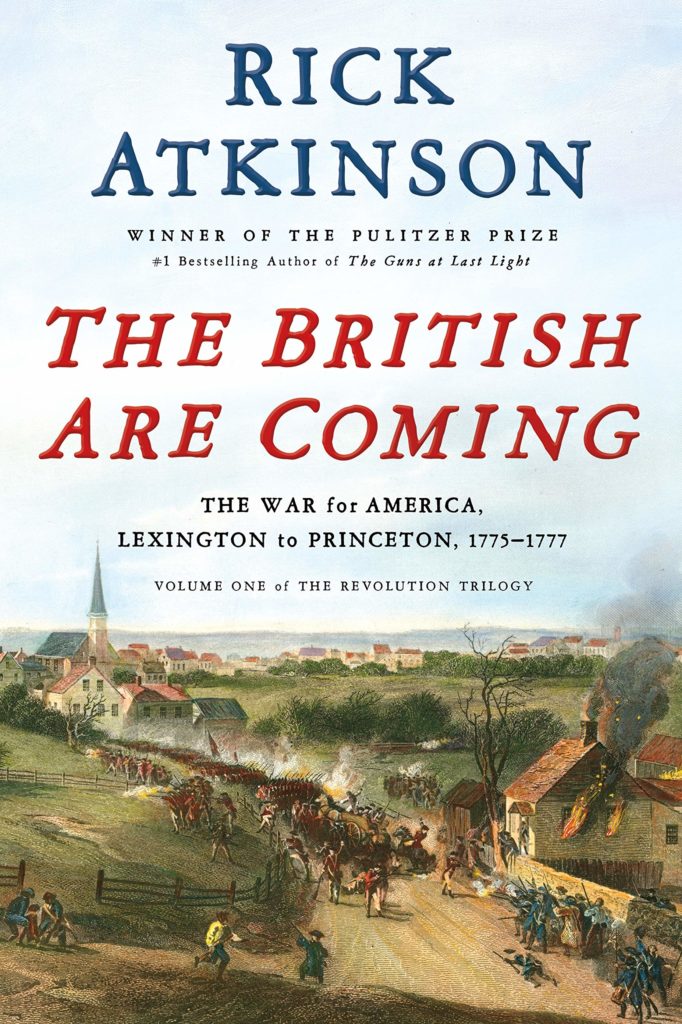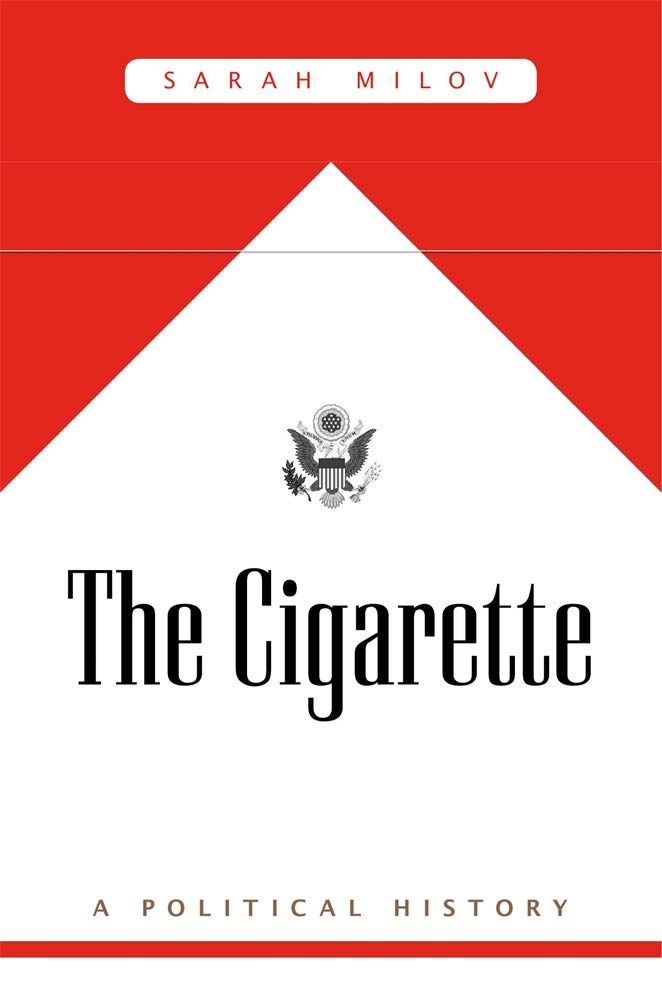In this Dispatch, Dr. Deaton takes a look at another hotly contested election in America’s history that included charges of voter fraud and threats of recounts and legal challenges: the presidential election of 1960 between Richard Nixon and John F. Kennedy.
Category Archives: US History
Dispatches From Off the Deaton Path: The Presidential Election of 1876: A Second Civil War?
We all remember the contested presidential election of 2000, but the greatest Constitutional crisis we ever faced was the disputed election of 1876, decided four months after the election and just two days before the inauguration.
Podcast S4E2: The British Are Coming: Rick Atkinson and the American Revolution
This week Stan interviews Pulitzer Prize-winner Rick Atkinson about the first volume of his new Revolution trilogy, The British Are Coming: The War for America, Volume 1: Lexington to Princeton, 1775-1777. Rick discusses researching at Windsor Castle, George III’s handwriting, walking the battlefields, Washington’s leadership, and plays “Overated/Underated.” All this plus another edition of the ever-popular This Week in History.

Take Two Aspirin & Call Me in the Morning: Presidential Illness in American History
Questions surrounding the president’s health go back to the earliest days of the republic. In this Dispatch, Dr. Deaton looks at the history of presidential health, beginning with George Washington.
Podcast S4E1: The Cigarette: A Political History
In our first podcast of the season, Stan talks to Sarah Milov of the University of Virginia about her recent book The Cigarette: A Political History, and about the fascinating history of smoking and anti-smoking in America–including a snippet of the creepy Johnny Smoke PSA from the late ’60s. We also check out “This Week in History,” from Jimmy Carter to Janis Joplin to Tomochichi, “Obituaries You Were Too Busy to Notice,” and this week’s edition of “People You Thought Were Dead but are Still Living.”

